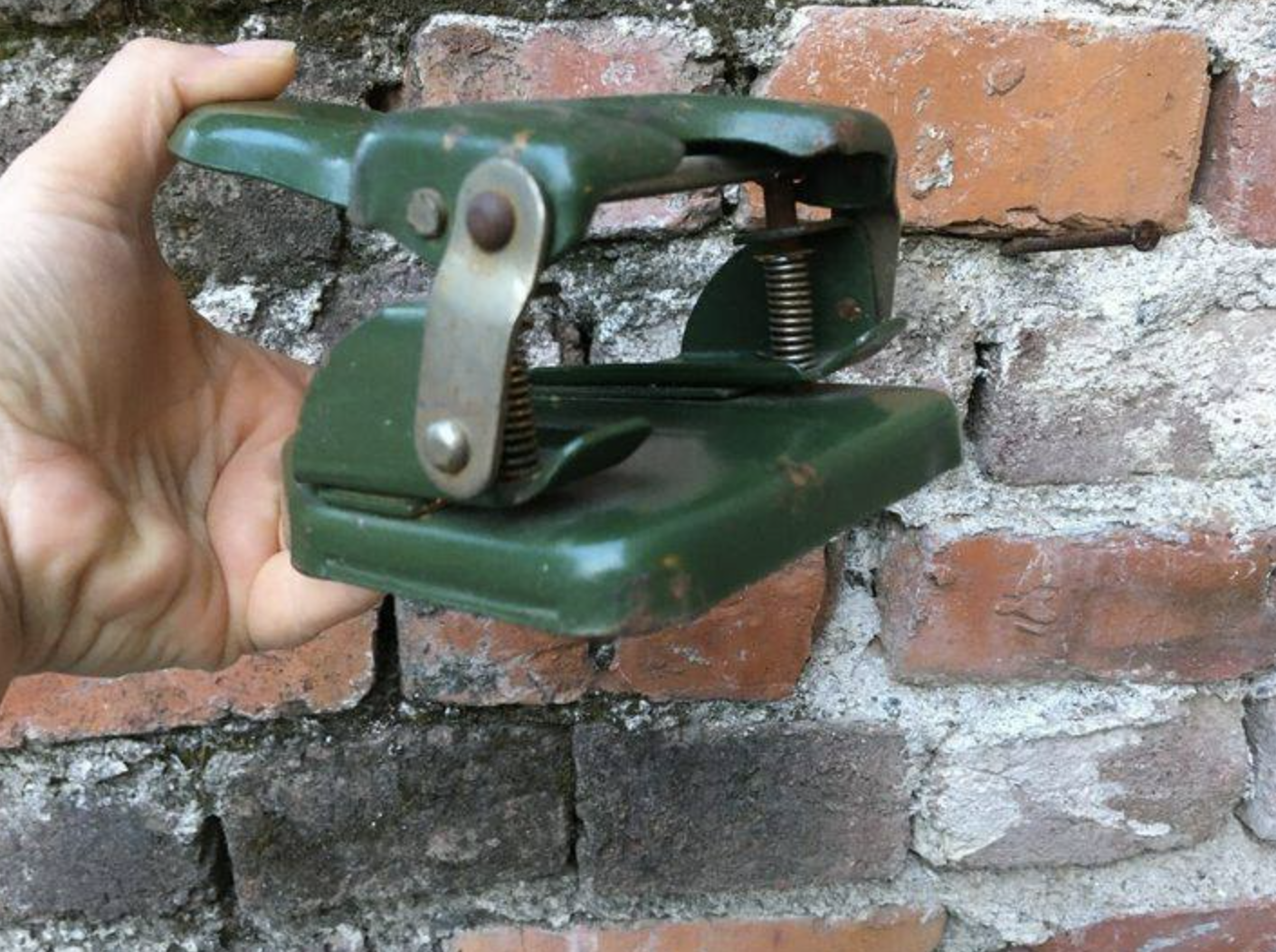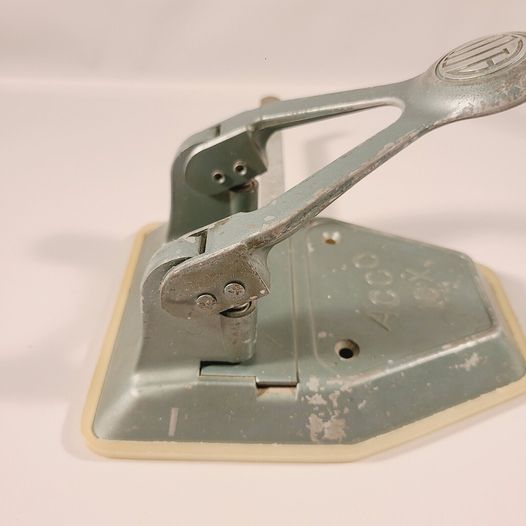Vintage metal perforators, which combine efficiency, practicality, and a hint of nostalgia, have left a lasting impression in a variety of settings, including creative spaces and administrative offices.
Historical Origins
The late 19th century is where the history of metal perforators starts. As a result of inventors’ constant search for methods to simplify paperwork management, the perforating machine was created. This invention revolutionized the handling of documents by enabling the creation of exact perforations for paper organization and binding.

Design Evolution
Metal perforators were first made with sturdy construction and frequently had fine detailing. Manufacturing processes evolved over time, resulting in more functional and streamlined designs without compromising strength or longevity.
Adaptable Uses
These instruments were utilized in print shops and schools alike, not simply in workplaces. They became indispensable for making perforations on labels, tickets, paperwork, and coupons. Papers were easy to tear and arrange as a result.
Efficiency of the Office
Metal perforators were essential for streamlining daily operations in the workplace. They were employed for a variety of tasks, such as making tear-off portions for invoices and receipts and punching holes for document binding. Office productivity and efficiency increased because to these gadgets.
Expression of the Creative
Not only were metal perforators useful in everyday situations, but artists and craftspeople also started to employ them. People demonstrated the adaptability of these antique instruments by using them to add beautiful touches to paper crafts, scrapbooks, and homemade cards.
Durable Heritage
Vintage metal perforators continue to hold a special place in our digital world. They are prized by collectors and enthusiasts for their classic style, dependability, and nostalgic appeal. They bring back memories of the good old days and the meticulous workmanship of bygone eras.
In summary
The inventiveness of earlier generations is demonstrated by the heritage and history of vintage metal perforators. In today’s digital environment, these tools continue to inspire and serve as a constant reminder of the eternal importance of analog workmanship. They are symbols of both efficiency and inventiveness.
